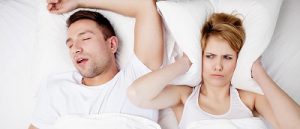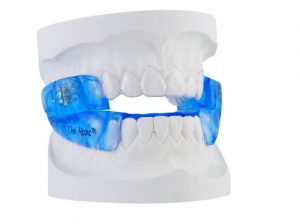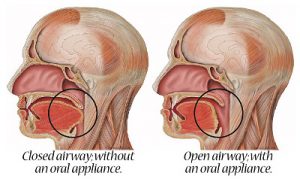Enjoy Better Quality Sleep By Using Sleep Apnea Appliances
2018-04-09
Sleep apnea has become a big discussion point these days, especially with so many people experiences this type of disorder. Those who have been diagnosed with obstructive sleep apnea can rest assured that help is available. Simply stated, sleep apnea is a condition where there is a relaxation of the muscles associated with the tongue and throat. This results in a blockage of airflow in and out of the lungs as a person sleeps. That said there are two main options for dealing with the condition.
Most Effective Treatment For The Disorder
One is known as a continuous positive airway pressure device and the others are dental appliances and mouth guards. The continuous positive airway pressure device is considered by many to be the most effective treatment for the disorder. The system blows air under continuous pressure into the throat. This results in the airways remaining open throughout the night as the patient sleeps. The machine itself consists of a mask, a motor that blows air and a large air tube. These machines are easy to travel with and are relatively quiet.
 Custom Fitted By Your Dentist
Custom Fitted By Your Dentist
As an alternative to a bulky machine a patient can use a mouth device. This type of oral device is proven effective at reducing the negative effects of sleep apnea. Meeting with your dental care provider is the best way to know if this kind of devices or appliance is right for you. Keep in mind that a mouth device must usually be custom fitted by your dentist or orthodontist. This device is worn at night while the patient is sleeping. In addition, there is something known as a mandibular advancement device.
Slight Movement of The Lower Jaw
This is perhaps the most common type of oral appliance for dealing with sleep apnea. It resembles a mouth guard so often seen in sports [1]. The device is put into place by simply snapping it directly over the lower and upper dental arches. Metal hinges in the device facilitate a slight movement of the lower jaw to a more forward position. This strategy has been proven to reduce the effects of sleep apnea. Finally there is something known as a tongue retaining device. It is a sort of splint that is designed to hold the tongue in position as a way to keep the airway open at night.
Tongue Retaining Device
This device, the tongue-retaining device is generally used where cases of sleep apnea are less severe or considered mild. As a note, how you sleep can also affect the degree of severity of sleep apnea that you may experience. Talk with your doctor and dental care provider to determine whether sleeping on your back or stomach is affecting your sleep apnea condition. Contact your Walnut Creek dentist, Dr. Darvishzadeh at Walnut Creek Dental today to learn more about how to better deal with sleep apnea.
References: [1] Understanding the Full Jaw Restoration Process
Subscribe To Our Newsletter
Get Updates And Learn From The Best